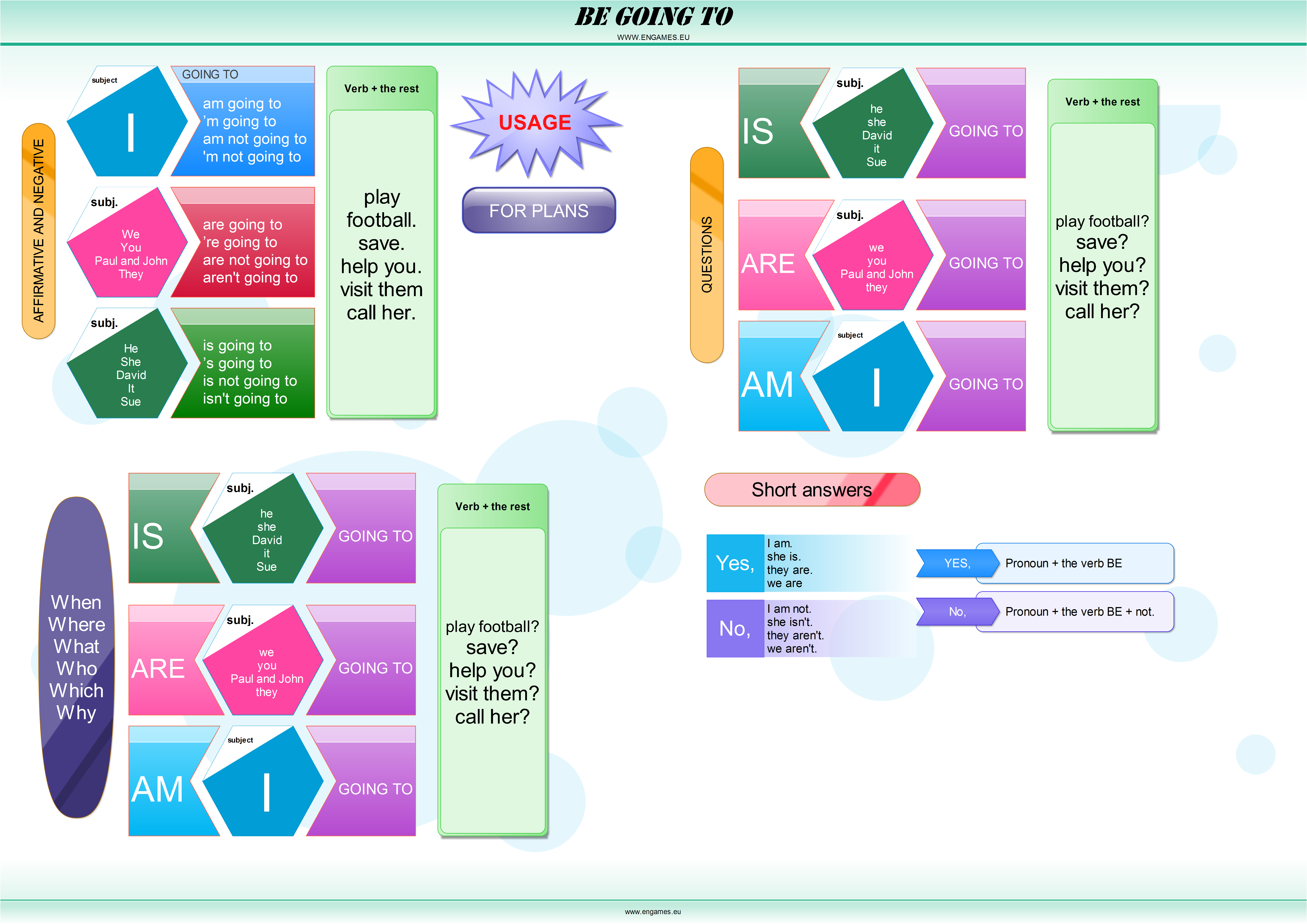Be Going To – Treasure hunt
The following set of activities is for false beginners and elementary students of English. The aim of these activities is to practise the usage of the form be going to and reinforcing this form. <!– wp:more –> Make a copy of the worksheet for each student. Make an extra copy of p.1 for each student,…



